This work briefly examines the antiquity of the Rama Katha and spread of the Rama cult over the Indian subcontinent in the context of claims of Left academics on its late popularity. Its main focus is the conflict at Ayodhya over the Ramjanmabhumi temple allegedly destroyed by the Mughal Emperor, Babar, in 1528. It examines the accounts of foreign travellers in the seventeenth and eighteenth centuries, and British administrator-scholars in the nineteenth and early twentieth centuries, which testify to Ayodhya’s continuing importance as a pilgrimage centre associated with Rama’s birthplace. The extended litigation over the Ramjanmabhumi/Babri Masjid in colonial times further attests to the persistence of the claims to the Janmabhumi.
From the late 1980s, Left historians have been in the forefront of the campaign against the Rama temple. They have argued that Rama worship was an eighteenth-nineteenth century phenomenon and the present-day Ayodhya acquired its standing and identity only in the fifth century AD, during the rule of the imperial Guptas. According to Left academics, the identification of the Ramjanmabhumi in Ayodhya was “a matter of faith, not of historical evidence”. They also rejected any possibility of the Babri Masjid being built on the site of the Janmabhumi temple.
Excavations by the Archaeological Survey of India (ASI) proved the inaccuracy of these assertions. And finally, the judgement of the Allahabad High Court (Lucknow Bench) marked a decisive moment in the dispute over the Janmabhumi. The writings of Left academics, the findings of the ASI, the extended arguments in the Allahabad High Court and its eventual verdict form the subject of this study.


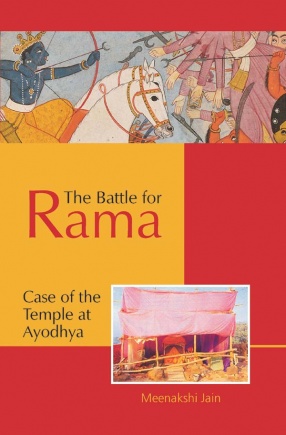

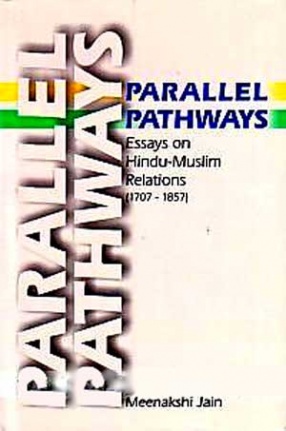
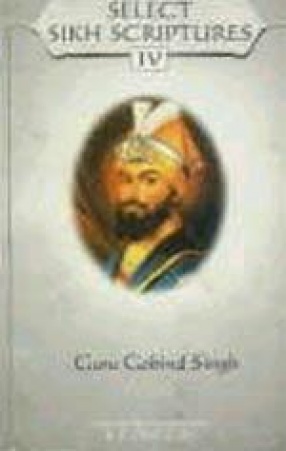
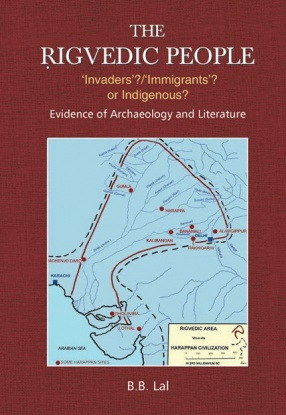
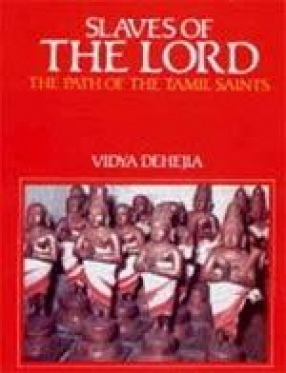
There are no reviews yet.